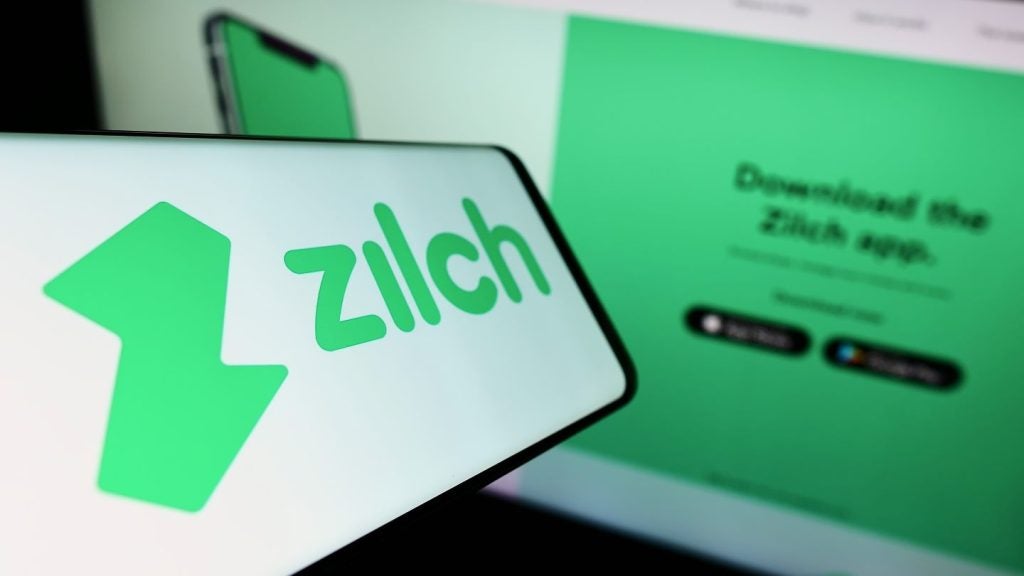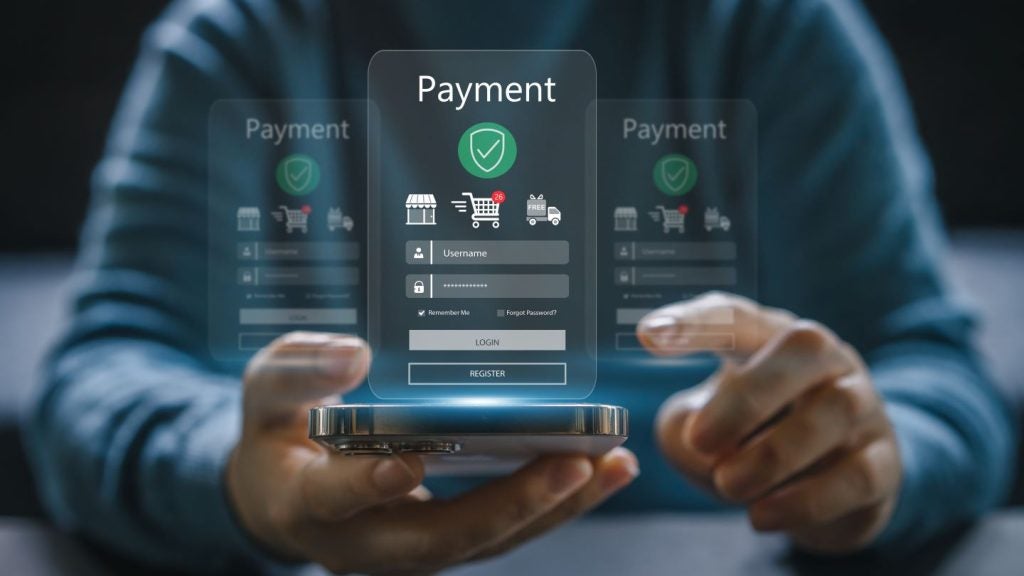Steve Kramer on How AI is Transforming the Bill Payment Experience
Mathematician and marketer Clive Humby coined the saying, “data is the new oil.” Michael Palmer, executive vice president at the Association of National Advertisers, put that observation into more precise context: “Data is just like crude. It’s valuable, but if unrefined it cannot really be used.”
That was true when it was written in 2006, and with so much data being created today, the words are even more relevant now. To refine its rapidly expanding pools of data, the bill payments industry will increasingly turn to artificial intelligence (AI) and machine learning models to extract value. AI will be used to improve customer service and retention, create market opportunities and reduce payment operations costs.
AI can now draw from many sources
AI has been making a splash in the general press again. Technologies such as OpenAI’s conversational AI ChatGPT and art generator Dall-E are among the early examples of AI that are finally delivering on the “wow factor” long promised by proponents.
Of course, AI has long been put to work in the financial services industry doing things like identifying fraud, processing claims, removing costs and speeding transactions. Wall Street firms have also used AI to identify and execute trades and help build more resilient investment portfolios.
That type of machine-driven modernisation is now arriving within the bill payments industry. Anyone who accepts recurring bill payments needs to understand how this innovation will transform their payment experience.
AI’s impact on the bill payment experience and the value provided during the payment process to lenders and other billing organisations is going to be profound. Attribute that to the scope of data and the speed at which AI can analyse and refine data into clear and actionable information. Once trained to diagnose data sets and what to look for within that data, AI can spot trends in seconds—far faster than the human brain. Once machine models are built, AI will continue its analysis and identify new insights without additional programming.

US Tariffs are shifting - will you react or anticipate?
Don’t let policy changes catch you off guard. Stay proactive with real-time data and expert analysis.
By GlobalDataOf course, humans may have to pre-approve the actions AI can take. However, once the biller establishes the parameters of acceptable measures, the machine models get to work improving the efficiencies of payment operations, lowering costs, improving the customer experience and even providing new revenue opportunities.
How AI can radically improve the bill payment experience
Consider these six real-world benefits in the AI-driven future for the bill payments industry, where billers can:
Support good customers
Consider a scenario where a long-standing customer who has always paid on time misses a couple of payments in a row. With AI, that change in user behavior can be caught and the risk of additional late payments predicted. With a bill payment platform using automation, the biller can be proactive, potentially reaching out and providing an alternative recommendation to the customer, such as changing the payment due date.
The offer could be made through text, email or another channel. If the biller predetermined acceptable boundaries for terms, the process wouldn’t require human intervention. It could be fully automated and ultimately, salvage the relationship with a customer that typically pays on time without the need for a costly customer service call.
Improve self-service
Bill payment is the one-way lenders communicate with their customers on a regular basis, thus the experience must be a good one, but live customer interactions are expensive. Gartner calculates that live channels, whether phone, chat or email, average $8.01 per interaction, while self-service or mobile apps cost about a dime per transaction. The catch: only 9% of customers report completely resolving their issues within self-service processes, Gartner says.
It’s possible for a biller to counter that trend by leveraging AI to keep many types of self-service transactions on track. Getting answers to questions about bills, making billing payments by phone, requesting a fee be removed, inquiring about restructuring a loan, updating personal information and changing bill payment due date—all these issues can be handily addressed.
Also consider a scenario where conversational AI, such as a chatbot, can come into play: A customer reaches out to the call center, and the bill pay platform provider’s AI sees the customer has an upcoming payment. While the customer is in the call queue, the system can ask if the person has an issue with the upcoming payment. The AI chat bot will provide all the details customers typically seek when making such calls: a due date and the amount due, and also ask if they have a specific question. Conversational AI will access the customer’s information and account history, interact with the customer and provide actionable options to resolve issues in real-time. Additionally, AI can also determine the best time to reach out to a customer by analysing trends and previous call history data.
Improved service and reduced customer service calls are outcomes certainly welcomed by any business.
Manage habitually slow payers
Consistently late payers are costly, and they make cash flow less predictable. With a bit of help from machine learning, billing organisations may be able to turn slow payers into on-time payers.
The AI will be able to evaluate historical data proactively, and based on previously set guidelines, the system can reach out through phone, chat or text and take one of several actions. If the payer was recently late, as the next due date nears, the system could send a friendly reminder of the amount and due date. If the due date passes without payment being received, it could send a reminder to pay now to avoid penalties and fees. Over time, the algorithm will learn the habits of various groups of people and identify the most effective strategies to turn slow payers into steady, timely payers.
Perform anti-fraud checks
While AI has been applied to spot fraudulent activity in financial services for many years, it’s just starting to come to bill payments in a significant way. With AI, a modern bill payment platform can proactively monitor events indicating fraudulent activity, such as an account used in multiple payments or even looking for chargeback patterns.
With real-time detection, the biller can mitigate the risk of fraud by increasing authentication requirements, providing additional friction or taking other steps.
Decrease wrong declines
Customers will endure far fewer erroneous declines thanks to improved access to information and AI decision-making. In the cases of soft declines, AI can tell the customer when to try again, as the decline may have been due to payment timing, card activity limit exceeded or an expired card. It can even explain to the customer how to resolve the decline if it was triggered by a security or account issue.
Cross-sell and upsell with advertising in the payment flow
Few have considered payments to be a way to increase revenue or as a customer retention tool. That’s going to change in a big way.
With machine learning, when consumers go to pay their bill, based on what is known about that customer, the algorithm can provide options for additional sales or financing, or send relevant advertising messages. The system can make precise decisions about optimising messages to provide the right cross-sell, upsell or advertisement to the customer at the right time and under the right circumstance.
AI will reshape the bill payment industry
AI will profoundly impact the bill payments industry and the value lenders receive from forward-leaning bill payment platform providers. This will mean additional insights into customers, increased self-service and a better payment experience—one that’s more cost-effective for the lender, too.
Increasingly, simply processing bill payments is a baseline expectation. The bill payment platform providers offering real value are starting to enrich their own data with third-party or industry aggregate data, thereby enhancing value for billers and their customers.
While it’s impossible to predict all the ways AI will improve the payment experience—which is such a vital part of the overall customer experience—we are confident that some surprises will be uncovered. Once billers and their customers start experiencing some of the capabilities we mentioned above, they will come to expect them—and more—in all of their payment experiences.

Steve Kramer is Vice President, Product at PayNearMe, where he leads the product development team.








